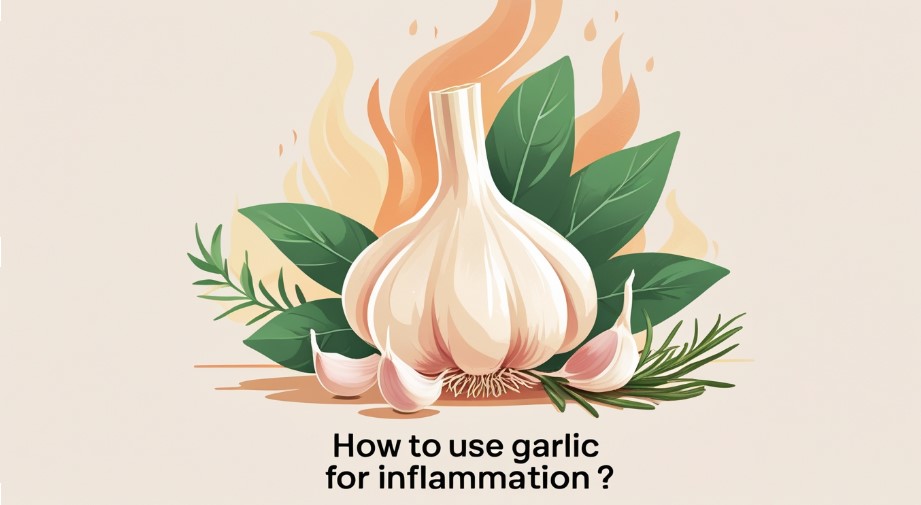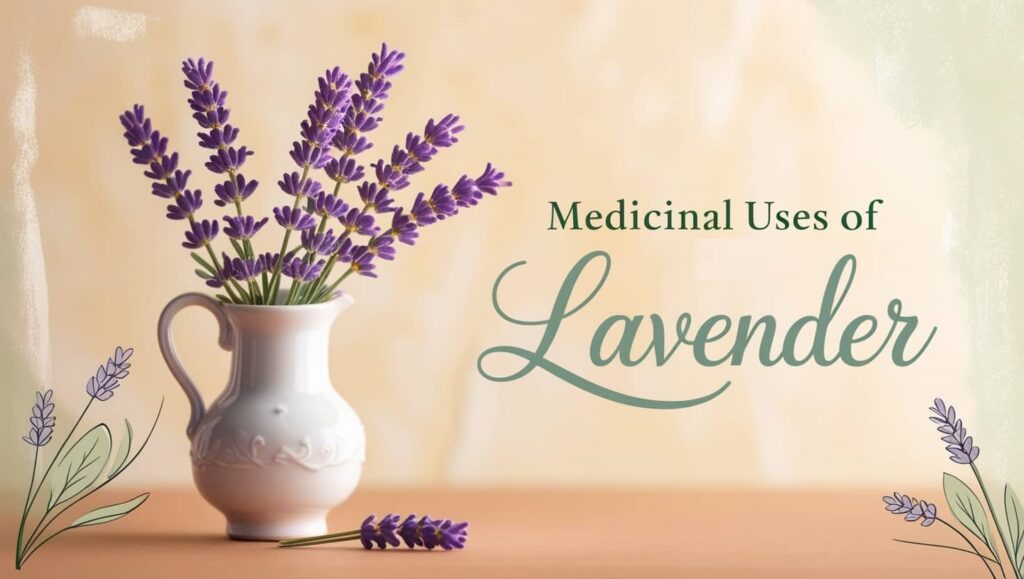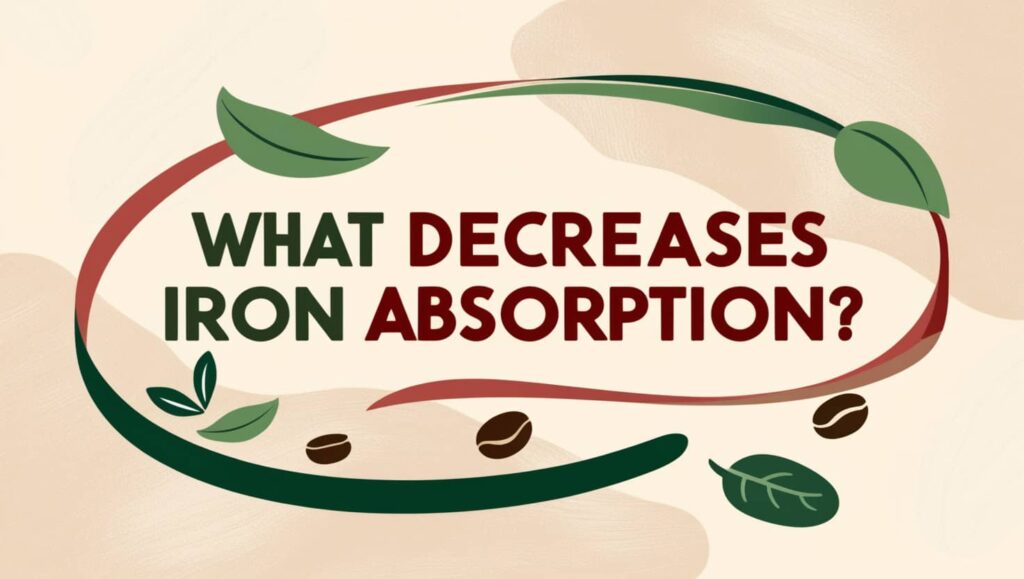Garlic’s health advantages have been claimed for centuries, but Allium sativum and its derivatives have only lately been offered as prospective options for immune system homeostasis. Garlic is a powerful natural anti-inflammatory in nature. knowing how to use garlic for inflammation, including raw consumption, supplementation, and oil extraction. Its medicinal ingredients, such as allicin, help decrease swelling and promote healing.
Anti-Inflammatory Benefits of Garlic
Garlic has been widely studied for its several health benefits, including its anti-inflammatory effects. Here’s how it works.
Allicin
Allicin is the main component in garlic, which is produced when it is crushed or minced. It has significant anti-inflammatory and antioxidant properties.
It suppresses the function of various inflammatory markers in the body, such as C-reactive protein (CRP), which is elevated during inflammatory conditions.
Pro-inflammatory cytokines reduction
Garlic can reduce the production of proinflammatory cytokines including TNF-alpha and interleukins.
These molecules have a significant role in inducing inflammation, particularly in chronic disorders such as arthritis.
Inhibition of COX and LOX enzymes
Garlic has been proven to inhibit the enzymes cyclooxygenase (COX) and lipoxygenase (LOX), which are involved in the formation of inflammatory chemicals such prostaglandins and leukotrienes and so can help to lessen inflammation and its effects.
Antioxidant Effects
Garlic’s high antioxidant content helps to neutralize reactive oxygen species (ROS), which cause inflammation and tissue damage.
The antioxidant impact reduces oxidative stress, which is a significant cause of chronic inflammation.
Chronic inflammatory diseases.
Garlic has been shown to aid with chronic inflammatory conditions such as rheumatoid arthritis, cardiovascular disease, and diabetes.
It can help to improve overall inflammatory status by reducing joint pain, edema, and stiffness while boosting heart health.
Immune modulation
Garlic has immunomodulating properties, which can help modulate the immune system’s response.
Garlic’s ability to regulate immune function can help reduce inflammation and tissue damage in autoimmune disorders.
Methods to Prepare Garlic for Relief
Here are some simple and effective techniques on how to use garlic for inflammation:
- Raw garlic: Crush or chop 1-2 garlic cloves and allow for 10 minutes to activate allicin, the chemical that gives garlic its anti-inflammatory benefits.
- Garlic Tea: Crush or roughly chop 1-2 garlic cloves, then simmer in boiling water for 5-10 minutes. For extra flavor, add honey or lemon.
- Garlic Oil: To obtain anti-inflammatory qualities, infuse garlic in olive oil and leave for 24-48 hours.
- Garlic Supplements: Take aged garlic extract or garlic tablets containing high levels of garlic’s therapeutic components.
- Garlic Paste: Make a paste by crushing garlic cloves and blending them with olive oil or salt.
- Garlic in cooking: Add garlic to your dishes.
Safe Practices for Garlic Consumption
While learning how to use garlic for inflammation, it is critical to maintain safe consumption habits, especially if you use it daily for health advantages. Here are some guidelines.
- Avoid Excess Raw Garlic: Limit raw garlic consumption to 1-2 cloves per day and balance it with other meals.
- Think about garlic supplements.
- Keep an eye out for allergic reactions: If you see any of these symptoms, stop using garlic and see your doctor right away.
- Be aware of potential medication interactions.
- Cook garlic lightly.
- Store garlic properly: Keep fresh garlic in a cool, dry place away from direct sunlight.
- Consult your healthcare provider: If you have a medical condition, are pregnant, or breastfeeding, visit your doctor.
Reference
- Ansary, J., Forbes-Hernández, T. Y., Gil, E., Cianciosi, D., Zhang, J., Elexpuru-Zabaleta, M., … Battino, M. (2020). Potential Health Benefit of Garlic Based on Human Intervention Studies: A Brief Overview. Antioxidants, 9(7). https://doi.org/10.3390/antiox9070619
- Arreola, R., Quintero-Fabián, S., López-Roa, R. I., Flores-Gutiérrez, E. O., Reyes-Grajeda, J. P., Carrera-Quintanar, L., & Ortuño-Sahagún, D. (2015). Immunomodulation and Anti-Inflammatory Effects of Garlic Compounds. Journal of Immunology Research, 2015(401630), 1–13. https://doi.org/10.1155/2015/401630
- Sahidur, Islam, I., & M.H.A. Jahurul. (2023). Garlic (Allium sativum) as a natural antidote or a protective agent against diseases and toxicities: A critical review. Food Chemistry Advances, 3, 100353–100353. https://doi.org/10.1016/j.focha.2023.100353
- Newman, T. (2017, August 18). Garlic: Proven health benefits and uses. Retrieved from www.medicalnewstoday.com website: https://www.medicalnewstoday.com/articles/265853

Microbiology and Immunology Specialist | Scientific Writer
Lina Mahmoud Ahmed graduated from Cairo University’s Faculty of Veterinary Medicine with a B.Sc. in Veterinary Medical Sciences and a diploma in Microbiology and Immunology. With extensive knowledge and hands-on expertise, Lina is dedicated to delivering accurate and well-researched medical content that simplifies complex information for readers. She can be reached at [email protected].







